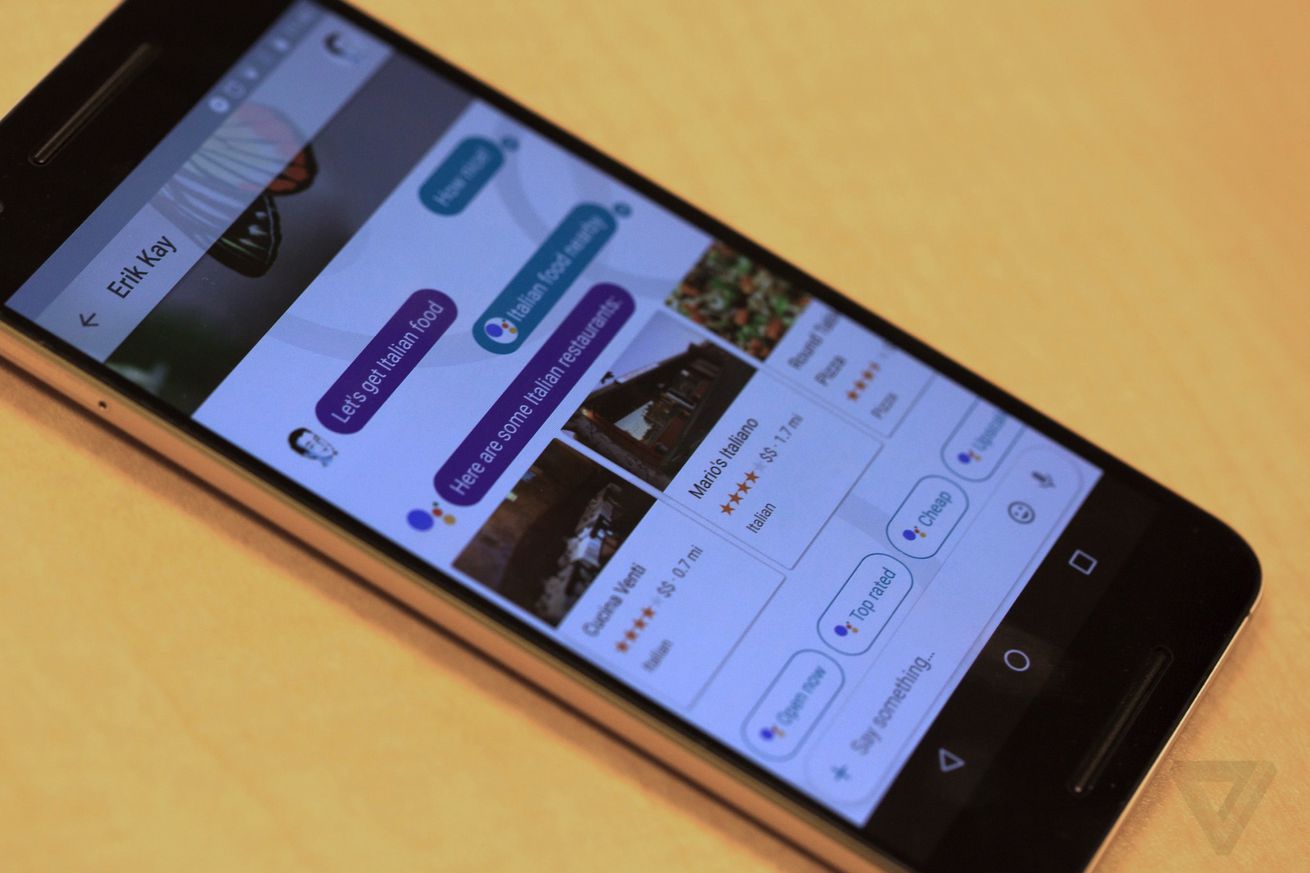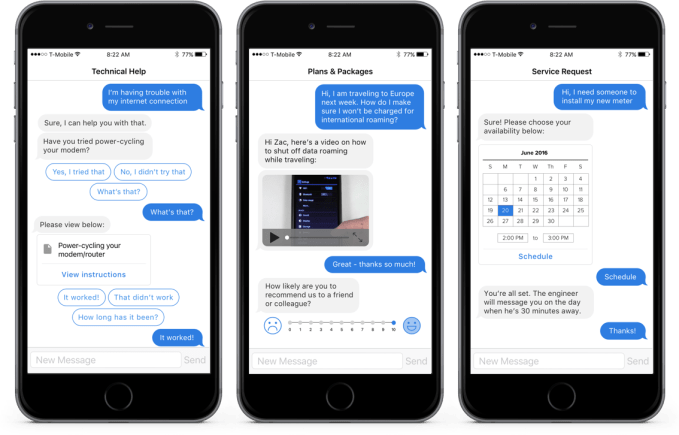
Chairman Pai has put the brakes on new internet privacy rules, broadband subsidies for the poor and investigations into potential network neutrality violations.
Ajit Pai, the head of the Federal Communications Commission appointed by President Trump, hasn’t wasted any time since his promotion to chairman in January.
The new chairman has moved to rescind Obama-era policies since taking office, including some that were only possible as a result of the network neutrality regulations championed by Pai’s predecessor, Tom Wheeler, who left the agency when Trump took office.
Net neutrality, the concept that internet providers should treat all data that travels over their networks equally, became law in 2015 after the FCC decided to regulate the internet like a basic utility. This allowed the commission to require internet service providers to adhere to public interest obligations, like ensuring ISPs respect customer privacy and provide subsidized service for Americans who fall below the poverty line.
Removing net neutrality protections could eventually mean a company like Netflix would end up charging more for its service, since it will have to pay internet providers to reach users at top speeds. It could also cement the dominance of incumbent companies, like Facebook and Google, since new, smaller online businesses may not be able to afford to pay for faster access to users — especially if websites that are already extremely profitable get to set the price.
In the past few weeks alone, Pai has acted to halt numerous policies and actions related to the Obama-era network neutrality rules, which he may eventually roll back entirely.
Here’s what’s happened with net neutrality at the FCC so far:
- Earlier this week, Pai delayed the enactment of new data privacy rules that the commission passed last fall. Those rules required internet providers to obtain consent from subscribers before sharing or selling their browsing data to third-party ad companies. Internet providers have argued that not being able to sell or share data on their subscribers gave companies like Facebook and Google an unfair advantage in online advertising.
- Pai dropped FCC investigations into mobile companies for privileging some websites and services over others by not counting their usage against a customer’s data plan, a potential violation of the network neutrality rules. It’s a practice commonly known as zero-rating. AT&T, Verizon and T-mobile all received letters from the FCC last month that they were off the hook.
- The FCC moved to halt nine different internet providers from participating in the Lifeline program, which provides a $9.25/month subsidy toward internet service to Americans who fall 135 percent below the poverty line. Designation of internet providers as Lifeline participants relied on the FCC’s authority to regulate internet providers under the network neutrality rules, according to the FCC’s order. Now the FCC is soliciting public comment as to whether or not it should continue to halt the expansion of the broadband subsidy.
In December, Pai said he wanted to “take a weed whacker” to the regulations and threatened that network neutrality’s “days are numbered.”
A record-breaking four million people commented in the FCC proceedings in favor of the network neutrality rules. Popular websites also supported the FCC’s move to instate network neutrality rules, including Netflix, Google and Twitter.
At the moment there are only three commissioners leading the agency, which usually has five seats filled. Two of the commissioners, including Chairman Pai, are Republicans, and one, Commissioner Mignon Clyburn, is a Democrat.








 News spread this week, thanks to a
News spread this week, thanks to a  Building on its promise to give the entrenched a run for their money, conversational AI startup Ozlo is making its meticulously crafted knowledge layer available for purchase today. Ozlo’s new suite of APIs that includes tools for both expressing knowledge and understanding language will help to democratize the creation of conversational AI assistants. In the spirit of the expert systems…
Building on its promise to give the entrenched a run for their money, conversational AI startup Ozlo is making its meticulously crafted knowledge layer available for purchase today. Ozlo’s new suite of APIs that includes tools for both expressing knowledge and understanding language will help to democratize the creation of conversational AI assistants. In the spirit of the expert systems… 
















 Google has quietly launched a new video conferencing application called Meet by Google Hangouts, which is designed for HD video meetings. The web and mobile application appears to be the latest addition to Google’s lineup of business products known as G Suite, though the product page on the G Suite website listed in the app’s description page on the App Store is not yet live.
Google has quietly launched a new video conferencing application called Meet by Google Hangouts, which is designed for HD video meetings. The web and mobile application appears to be the latest addition to Google’s lineup of business products known as G Suite, though the product page on the G Suite website listed in the app’s description page on the App Store is not yet live. 

 Pypestream is announcing that it has raised $15 million in Series A funding. When the startup launched more than a year ago, founder and CEO Richard Smullen was pitching text messaging as the best way for customers to communicate with businesses — specifically, through the Pypestream app, where businesses can create their own accounts with a variety of different “pypes”…
Pypestream is announcing that it has raised $15 million in Series A funding. When the startup launched more than a year ago, founder and CEO Richard Smullen was pitching text messaging as the best way for customers to communicate with businesses — specifically, through the Pypestream app, where businesses can create their own accounts with a variety of different “pypes”… 




